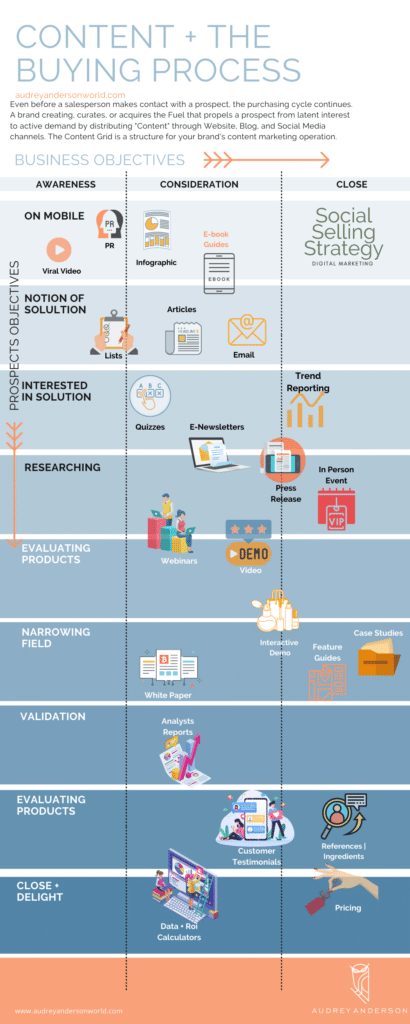Google ranking criteria for on-page content
The aforementioned technical search engine ranking variables apply to your entire website, but the following ranking variables are more page-specific.
Now that we’ve established the fundamentals let’s dive into the top Google ranking factors.
- Your website’s and page’s speed
I like you do not like a website that takes time to load, and search engines would agree if you asked them. As a result, having a website that loads swiftly and smoothly is a critical component of technical SEO.
Bounce rates soar when pages take too long to load, which in turn can hurt your ranking. Users anticipate a painless surfing experience, which is why page speed is a ranking element. When reviewing your site for SEO improvements, keep this in mind at all times.
When crawling websites, Google employs mobile-first indexing. This means that when analysing a page, the search engine preferentially chooses the mobile version of the website.
Even if your site’s desktop version is excellent, your search engine rating will significantly be disadvantaged if it isn’t mobile-friendly. Always preview your web pages, ensuring that they are easily accessible across various devices, not just desktop computers. Do this on your mobile phone or tablets.
As previously stated, search engines operate by crawling and indexing various bits of material on your website. Crawlers use internal links as a signal to assist them in assessing and effectively indexing this material.
Any hyperlink that goes to an internal page within your website is referred to as an “internal link.”
A successful SEO strategy revolves around keywords. These are the search keywords people use to find what they’re looking for on a search engine. It is vital to undertake keyword research before you begin developing content for your website.
According to a recent Directive poll, 78 per cent of marketers selected keyword research as a high-impact tactic for delivering new traffic. The research method enables you to understand better what your audience is looking for and generate content that directly meets these search queries.
I have shown you how identifying 4-5 similar keywords to target before creating any content for a page or writing an article on your website. Insert these keywords wherever they naturally fit within your writing/ text and also into other on-page elements.
Search engines are sophisticated, and they can see when marketers try to stuff keywords into a page in an unnatural way just for SEO. This is known as keyword stuffing, and it can result in a penalty for your website.
Don’t sacrifice the quality of your material to rank higher. As previously stated, Google prioritises quality, focusing on creating captivating and easy content for your readers to grasp.
These are criteria that Google considers outside of your site and typically include backlinks.
- Factors influencing on-page ranking: These are mostly concerned with the keywords and informational value of your pages.
- Technical ranking factors: These are also measured on your site, but they are more concerned with your site’s general performance as a whole rather than specific pages.
- It is critical to understand that there are no single ranking criteria that will make or break your SEO. It results from all of your technical, on-page, and off-page efforts coming together to create an SEO-friendly website.
After defining the keywords you want to rank for, it’s critical to incorporate them into particular areas of your page, such as the title and header tags. Search engines utilise these tags to determine the topic of the page and index it correctly.
Your page or posts title tag appears most prominently on search results pages (see below).
- Each Page and Posts Meta description
The meta description is a brief description that appears in your web page’s HTML code. Although it does not appear on the page, it does appear in search results. The meta description, which appears in light grey letters in the image below, may be seen in the image below.
Although the meta description is not a primary ranking element, Google may utilise it to produce a highlighted results snippet from time to time. Furthermore, it provides searchers with more information about the page, which can enhance click rate. As a result, it is still critical to include the meta description in your SEO checklist and ensure that it appropriately summarises the information on the page.
- Alternate text for your site’s images
You are probably aware that images have an SEO component as well. Every image on your website has alt-text, commonly known as an alt-tag. Anyone who has ever searched for something on Google Images would notice this.
This text serves many functions:
It makes your website accessible to visually challenged readers who use screen readers to surf the web.
If your image does not load, the alt-text will be displayed in its place.
It aids search engines with comprehending the image and properly indexing it.
- Structure of Your Websites URLs
Although it may appear easy, the structure of your page URLs affects your search engine rating. A URL with many unrelated words to your topic makes it tricky for search engines to learn about the content and information of your pages.
A URL that follows a simple structure, is brief, and integrates the target term, on the other hand, is an SEO-friendly URL.
- Your Topics Information’s Quality
Most content loses value over time unless it is totally evergreen. Let’s face it: your “best tips of 2018” aren’t cutting it for your target demographic any longer. Google search trends, as we all know, alter over time. Your audience’s terms used to find your content may have changed after that earlier post was written. We also know that Google prioritises freshness, accuracy, and relevancy when calculating ranks. Considering that having a website has been there for a long time, there is a strong probability of outdated and underperforming content just hanging there.
Begin with the pieces that used to perform well and update them for today’s keywords. Some articles may need to be completely rewritten, while others may only require updated material to be brought back to life. As you change these posts, republish them with the updated publication date to incorporate them into your normal content cadence.













